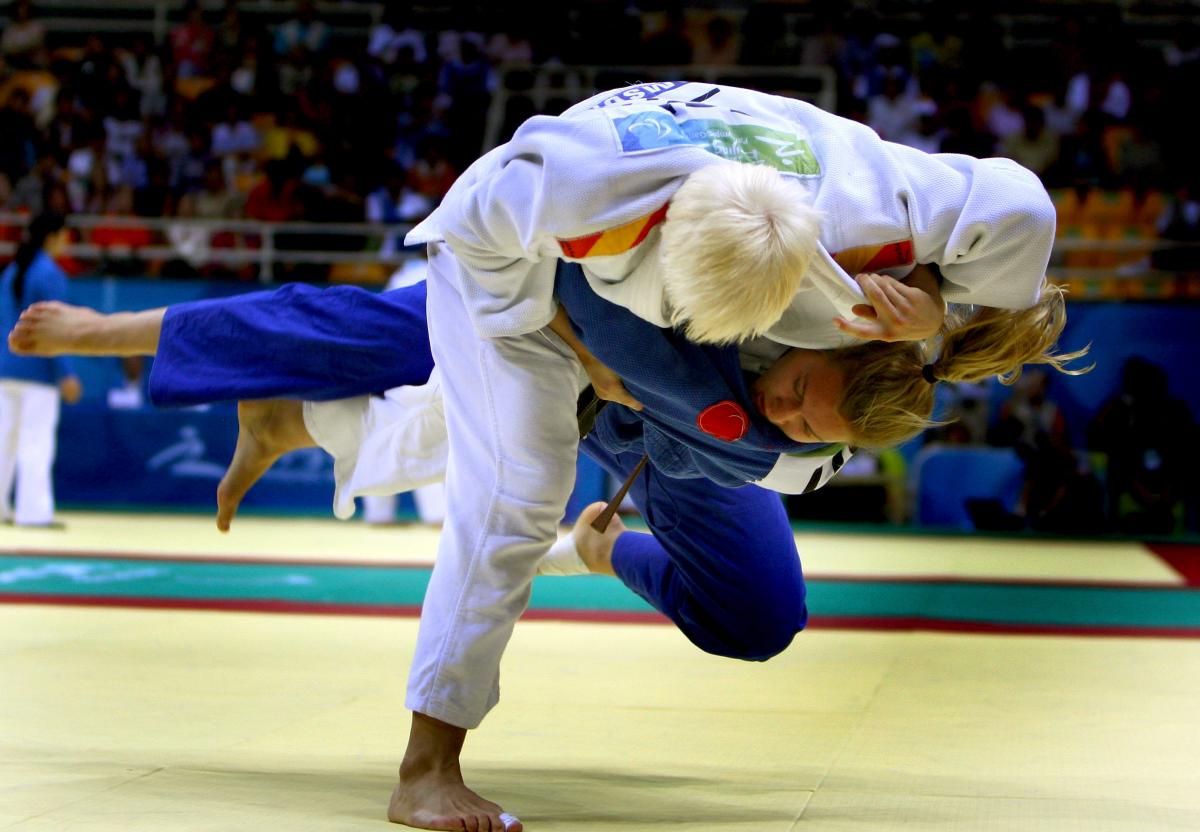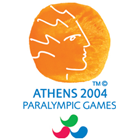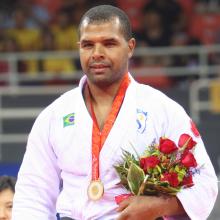Judo: 12 Facts for London 2012
The only martial art on the Paralympic programme, Judo’s one-on-one battles can be tough, tense and explosive, as competitors grapple against determined opponents. 29 May 2012
Jordan Mouton of the USA (Blue) competes in the Judo -70kg match against Maria del Carmen Herrera of Spain.
"At the Paralympic Games, the main difference from other top-level Judo competition is that judoka are allowed to have contact with their opponent before each contest begins to orientate themselves."
Here is a list of 12 interesting things you should know about Judo for the London 2012 Paralympic Games.
1. Who? What? Where? When?
From Thursday 30 August to Saturday 1 September, 84 men and 48 women will compete in 13 medal events at ExCeL.
2. History
Developed from jujitsu and established as a sport in the late 19th century by Dr Jigoro Kano in Japan, Judo was included as a competitive sport at the Paralympic Games for the first time in Seoul in 1988. At Athens in 2004, women’s weight categories were included for the first time.
3. Japanese origins
All terms in the sport are Japanese, reflecting its origins. The referee gets the contest underway by shouting ‘Hajime!’ and stops it by shouting ‘Matte!’
4. Equipment
Judo contests are fought on a mat, or tatami. The contest area is 8m x 8m, with a 1m safety area all the way around.
5. Rules
Contests last five minutes, with scores awarded for throws, holds, armlocks and strangles . The athlete or judoka who scores the higher amount of points wins.
6. Immediate wins
The contest stops immediately if one judoka achieves ippon – the maximum score, two waza-ari (a lower score), or if the opponent either submits or is disqualified. If the scores are tied after five minutes, the contest enters a golden score period, when the first score of any sort wins.
7. Other scores
The scores of waza-ari and yuko depend on how the opponent lands upon being thrown, and how long a judoka can immobilise their opponent on their back.
8. Competition format
All of the Judo events at the London 2012 Paralympic Games will be played in a knockout format with double repechage, and will end with two finalists going head to head in the gold medal contest.
9. Classification
The sport is open to athletes with visual impairments in seven weight categories for men and six for women. Men compete in -60kg, -66kg, -73kg, -81kg, -90kg, -100kg and +100kg. Women compete in -48kg, -52kg, -57kg, -63kg, -70kg and +70kg.
10. Ones to watch
Two athletes to watch at London 2012 include Venezuelan Naomi Soazo who won gold in the -63kg category in Beijing 2008, and Brazil’s Antonio Tenorio, who has won gold in various different weight categories at every Paralympic Games since Atlanta 1996.
11. Body contact
At the Paralympic Games, the main difference from other top-level Judo competition is that judoka are allowed to have contact with their opponent before each contest begins to orientate themselves.
12. Governing Body
Judo is governed by the International Blind Sports Federation (IBSA) and follows the rules of the International Judo Federation (IJF) with modifications.

 Facebook
Facebook
 Instagram
Instagram
 Twitter
Twitter
 Youtube
Youtube
 TikTok
TikTok
 Newsletter Subscribe
Newsletter Subscribe





